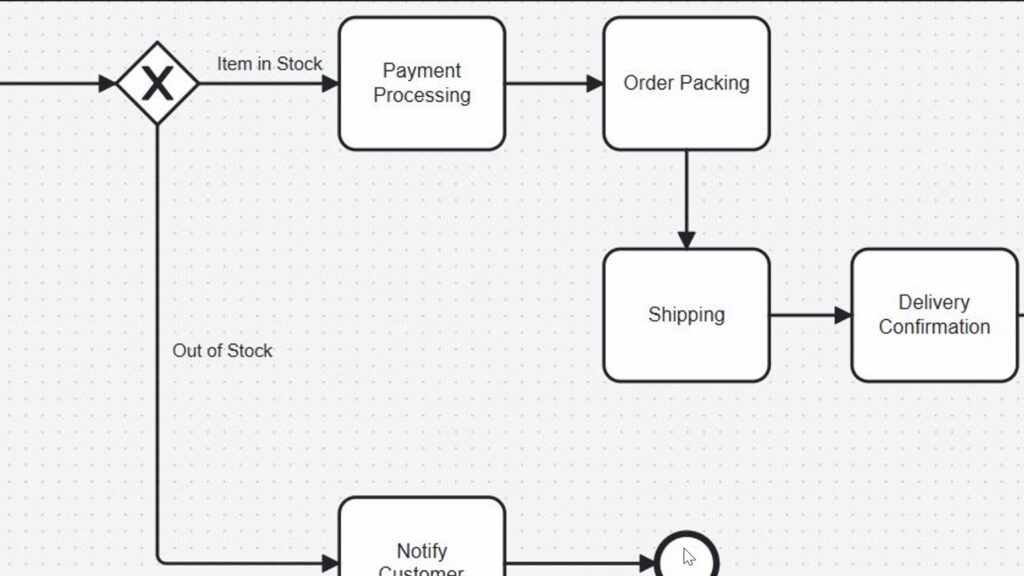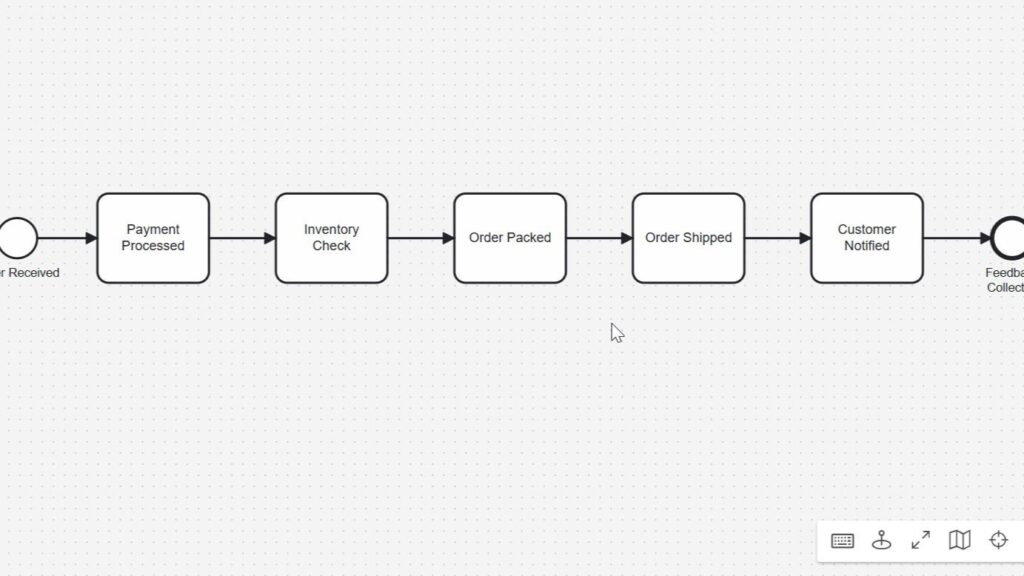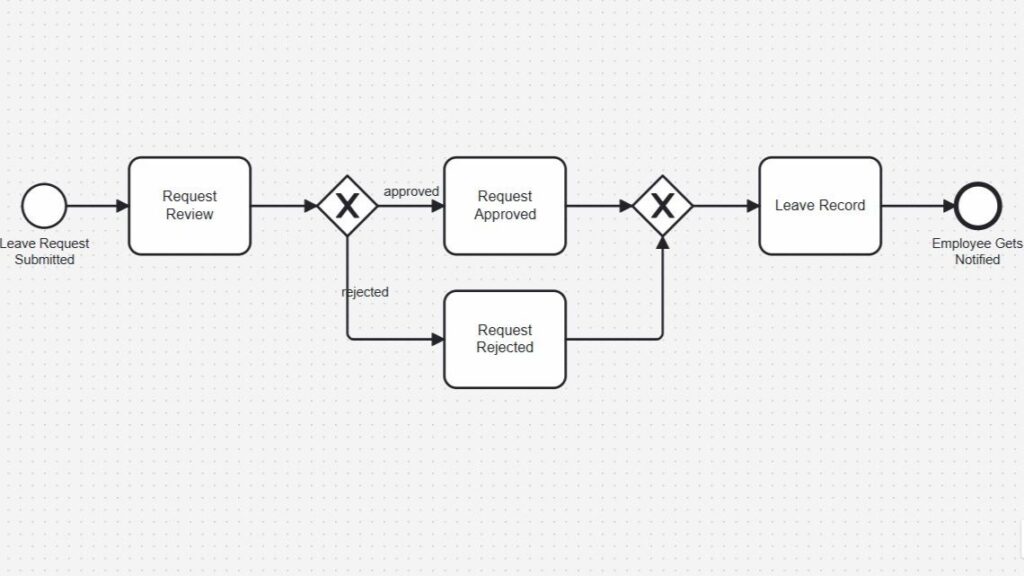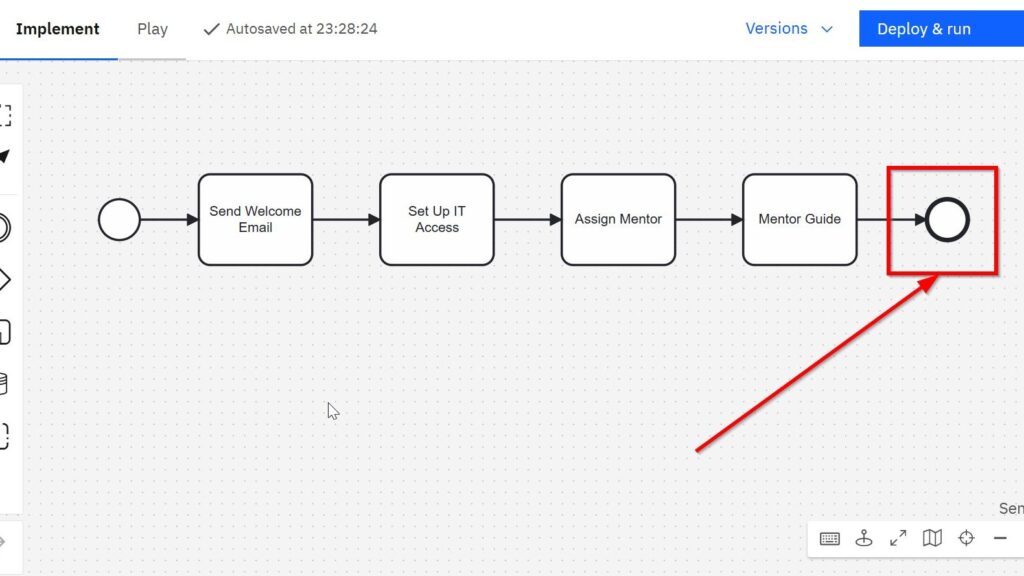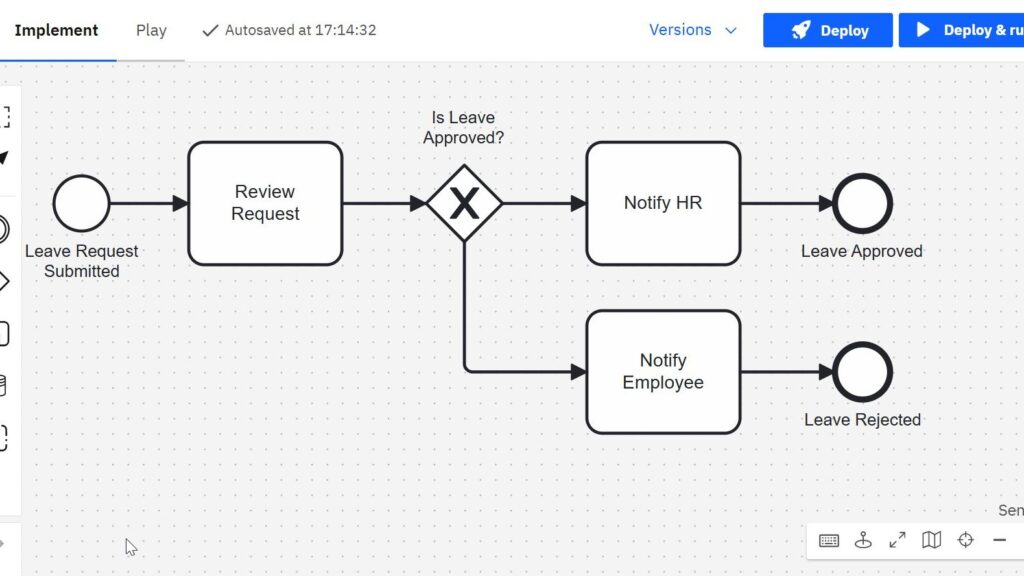When I talk about release management, a common question arises: “What’s the difference between change control and release management?” It’s a valid question. At first glance, these two ITIL practices may seem similar. Many assume both handle approvals, deployments, and technicalities. But they serve distinct purposes in IT service management. In this post, I’ll break it down for you. I’ll use simple language, examples, and a business case to clarify how these practices work together. By the end, you’ll know exactly where each fits in.



